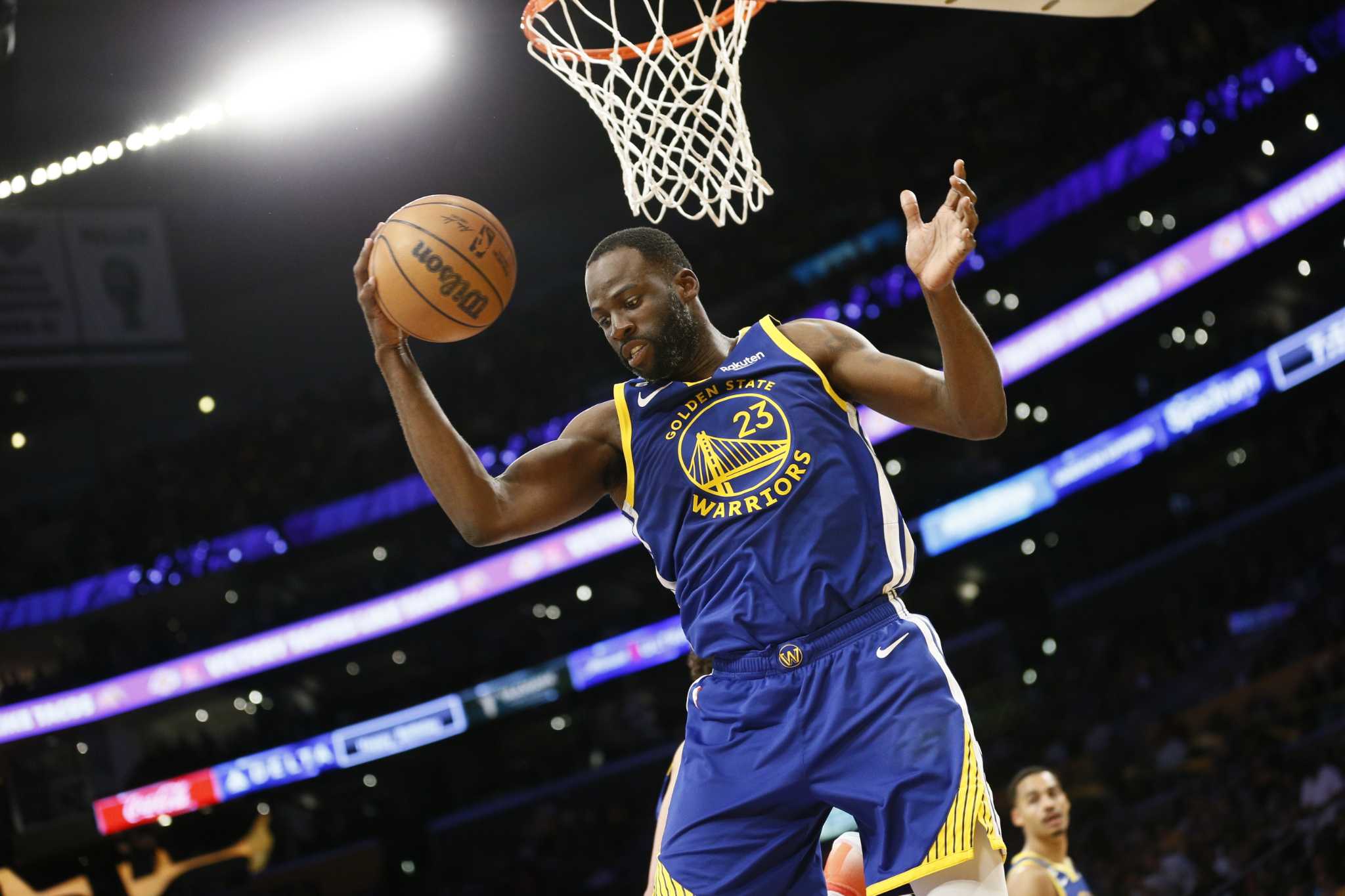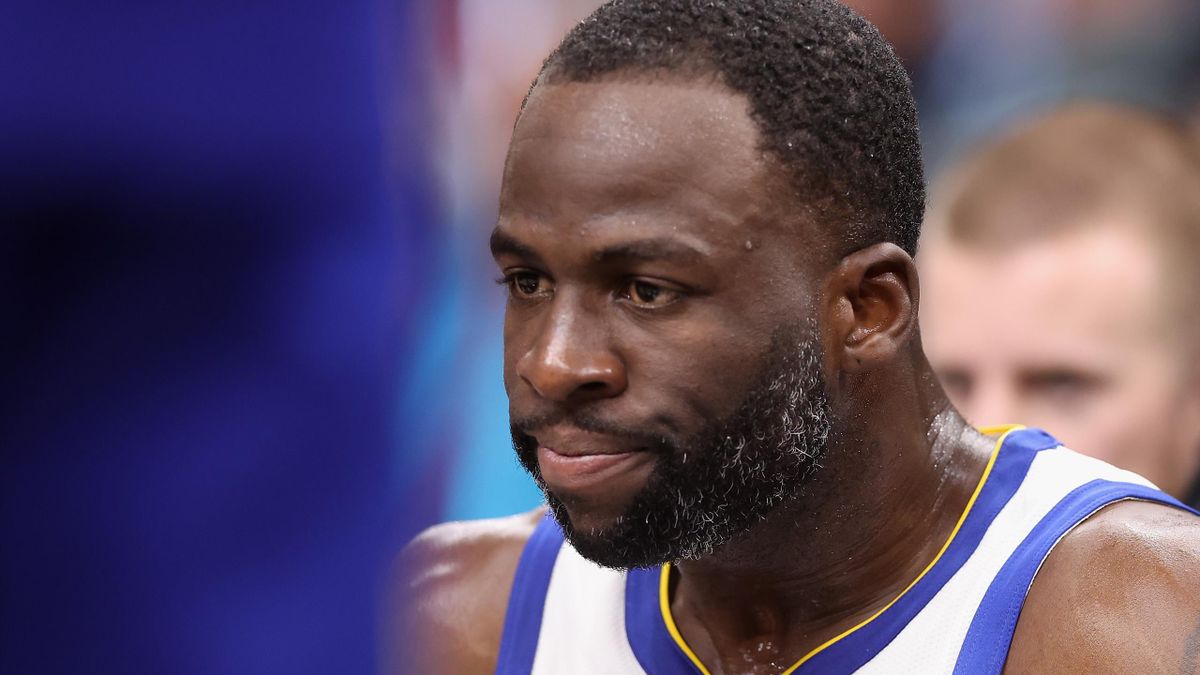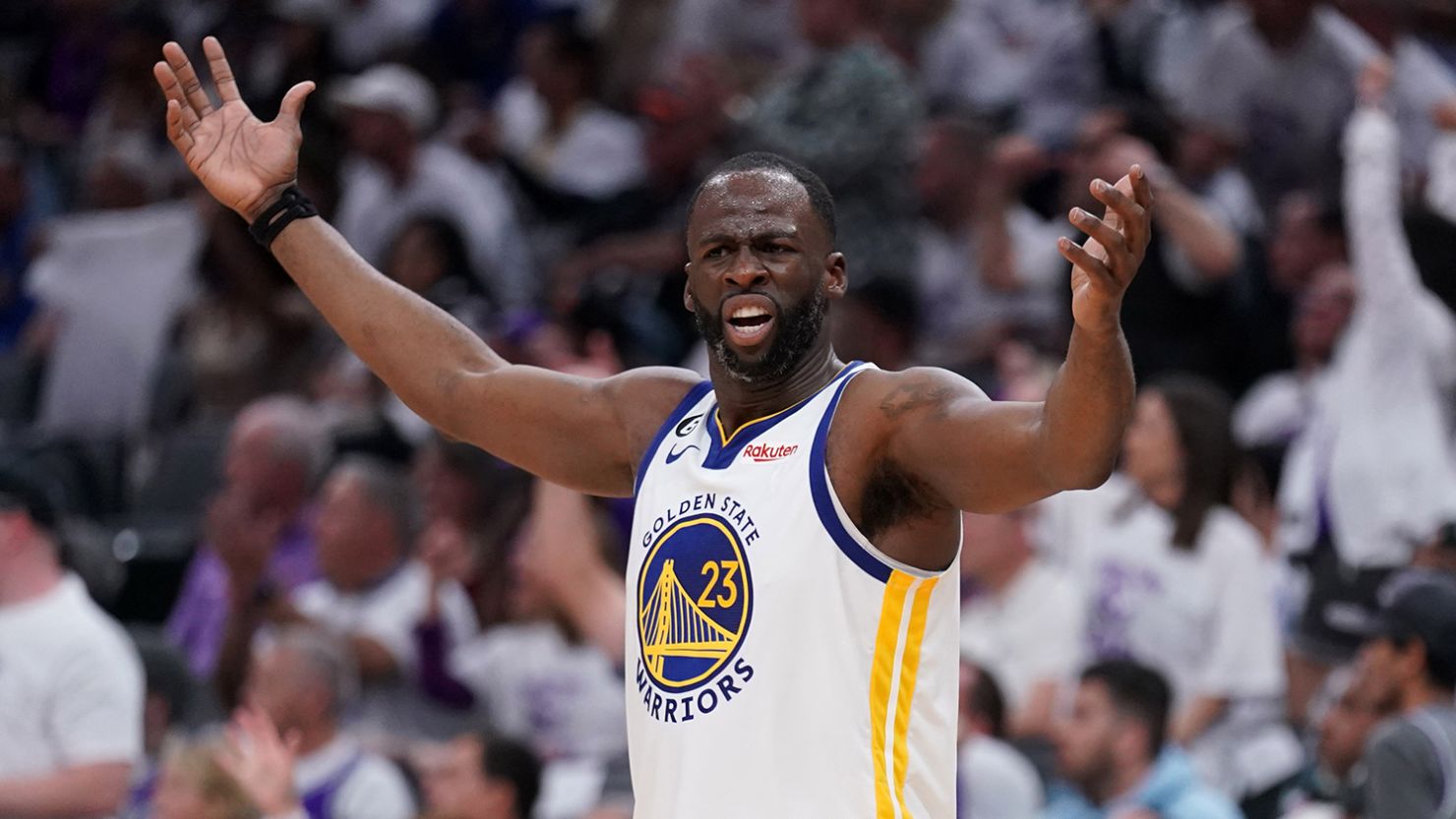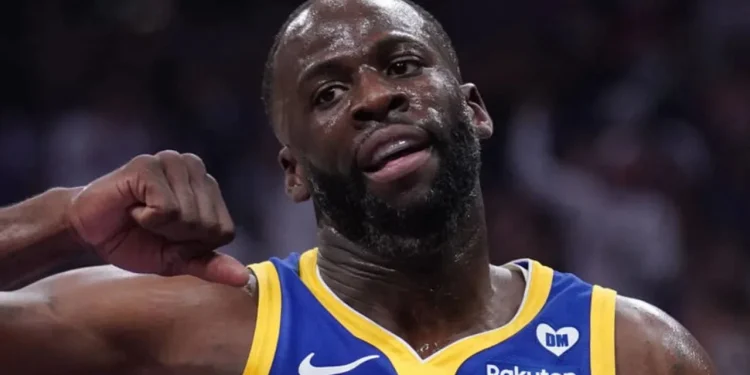In a move that sparked discussions across the NBA fandom, Draymond Green, the seasoned Golden State Warriors forward and part-time TNT studio analyst, found himself at the center of controversy during the Western Conference Finals.
Known for his sharp insights and sometimes sharper tongue, Green made headlines not for his comments on the game itself, but for the coaching tips he offered to Daniel Gafford of the Dallas Mavericks live on air.
Following the Mavericks’ thrilling victory over the Minnesota Timberwolves, which was sealed by Gafford’s crucial block and dunk, Green took a moment during the post-game interview to transition from commentator to coach.

“I don’t have a question, I just want to give you something,” Green began, proceeding to detail a strategic play: “Any time you catch the ball in that pocket and you’re not comfortable going forward, you got DHO [dribble handoff] that way to that guard on that side [or] you got uphill back to the guy that just passed [it to] you. Then that puts you in a roll situation, [and] you [can] get a dunk.”
Draymond Green’s Playbook
Gafford, typically utilized by the Mavericks as a classic pick-and-roll lob threat, often finds himself in a predicament when the opposing defense traps the ball-handler. Here, Green, leveraging his extensive experience in handling similar situations—especially when defenses double-team his teammate, Steph Curry—offered a masterclass in quick decision-making and spatial awareness on the court.
His advice was not just about the mechanics of basketball but about seeing the play before it unfolds, an invaluable skill for any athlete at the peak of professional sports.
However, Green’s guidance raises an intriguing question: is it appropriate for an active NBA player, who doubles as a media analyst, to offer such pointed advice to a player from a rival team during a live broadcast?

Blurring Lines: Athlete, Analyst, or Advisor?
This isn’t the first time Green’s dual role has stirred the pot. His candid approach often dismisses the traditional boundaries between competitor and commentator, which some argue undermines the expected neutrality of a broadcast analyst.
Yet, this interaction with Gafford could be seen as a genuine moment of sportsmanship, where the veteran sees potential in his younger peer and chooses to impart wisdom, irrespective of team affiliations.
Moreover, Green’s comments also underscore a broader discussion about the role of media personalities who are still active in their sports. Is their insight merely analytical, or does it border on influencing the game itself? This is a delicate balance, one that demands scrutiny and perhaps, a reevaluation of what fans and players alike can expect from those who sit on both sides of the court.

A Game of Perspectives
While some may view Draymond Green’s on-air coaching as a breach of protocol, others might argue it reflects the evolving nature of sports broadcasting—where lines between analysis, mentorship, and entertainment increasingly blur. Whether this will change how players interact with each other, both on and off the court, remains a captivating storyline to follow.
In the end, the essence of Green’s advice to Gafford highlights a fundamental truth about sports: it’s not just about competition; it’s also about growth, strategy, and the relentless pursuit of excellence, no matter the stage.

Source: Yardbarker









